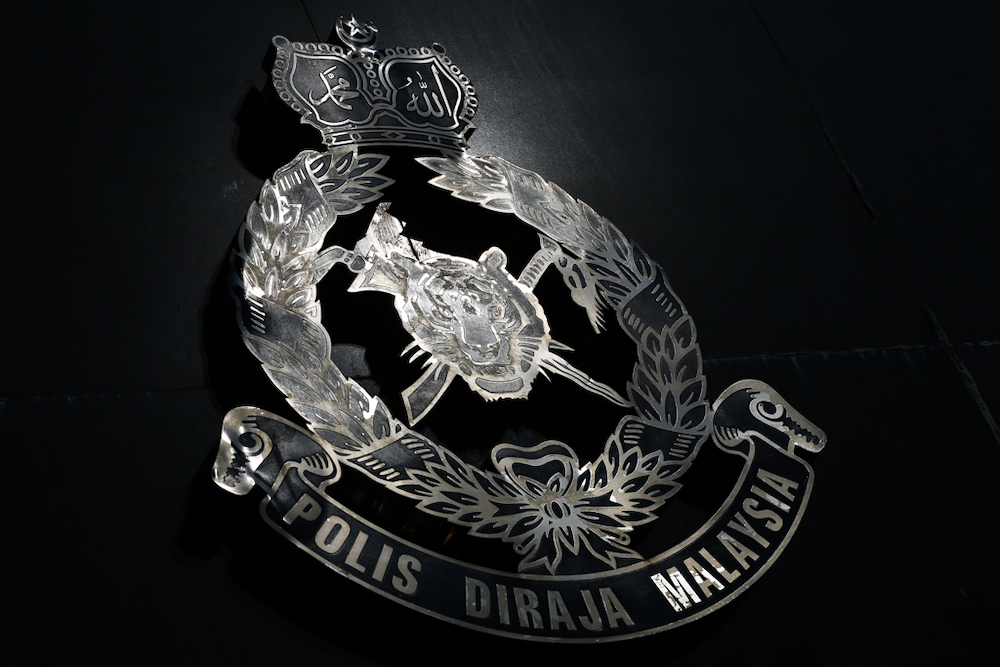ADVERTISE HERE
Stadium Merdeka, a historic Kuala Lumpur landmark, was restored to its 1957 condition and now hosts various events, including art exhibitions and workshops. Designated a national heritage site, it offers free tours with online booking.
Exploring the legacy of Stadium Merdeka
Many events were held across the country to celebrate Malaysia Day on September 16, with significant participation from younger generations. While some of my friends opted to wear sarongs and batiks to attend festivals and gatherings, I chose to join a group of millennials born in the 1990s at a historical heritage site in Kuala Lumpur.
Despite the late morning heat, with temperatures soaring above 32 degrees Celsius, we managed to find parking near a hill where Stadium Merdeka is located in its valley.
The area is central to Kuala Lumpur, with Petaling Street just down the road and the famous Victoria Institute next door.
Honestly, we had no idea that, once upon a time, it was a Kuala Lumpur suburb where rubber and fruit trees grew, and was considered very far from Dataran Merdeka, which was then the city’s most central point.
Today, the location is surrounded by modern buildings, and towering over Stadium Negara is Merdeka 118, the second tallest building in the world.
As we walked towards it, we found that the two-storey building, with its renovated landscape frontage, is conveniently located next to the Merdeka MRT, making it easy for those who choose not to drive.
Designed by American architect Stanley Jewkes under the instruction of Malaysia’s first Prime Minister, Tunku Abdul Rahman, this architectural marvel was constructed in less than a year, from July 15, 1956, to August 21, 1957, at a total cost of 2.3 million Malayan dollars. The project was overseen by the Public Works Department, also known as Jabatan Kerja Raya Malaysia (JKR).
Upon its completion, the stadium held the world record for the tallest prestressed floodlight towers and the largest cantilever shell roofs.
It is unique in the history of modern Southeast Asia as the only purpose-built venue for the Declaration of Independence ceremonies.
It hosted the declaration of independence of the Federation of Malaya on August 31, 1957, and the proclamation of Malaysia on September 16, 1963.
Stepping into the building feels like traveling back to the years between 1957 and 1963. The stadium was restored to its former glory by Laurence Loh, a renowned conservation architect who led the award-winning project to restore Stadium Merdeka. Restoring it to its original state must have been a challenging task.
Currently owned by Permodalan Nasional Berhad (PNB), the stadium features a lower and upper terrace with a total capacity of approximately 25,000. It includes a covered stand, 50 turnstiles, four floodlight towers, and 14 tunnels.
We even walked across the stadium from the main stand and up to a tunnel where we learned about its history. This famous tunnel has been walked through by many great people on their way to concerts.
Performers who have used this tunnel include Michael Jackson (October 1996), Linkin Park (October 2003), Celine Dion (2008), Justin Bieber (2011), Bon Jovi (2015), and OneRepublic (2018), to name a few.
Many sports figures have passed through this tunnel, including Diego Maradona, who in 1982 met Mokhtar Dahari, a Malaysian professional footballer and all-time top scorer for the Malaysian national team, and a legendary figure in Malaysian football history.
The Grandstand has also witnessed numerous historic football matches. Stadium Merdeka hosted the historic qualifying match for the 1980 Olympic Games, the Merdeka Tournament until 1995, and three of the five Southeast Asian Games held in Kuala Lumpur.
On the day of our visit, football matches were ongoing, with events scheduled until October 2024.
Malaysia has qualified for the Hockey World Cup on seven occasions, including the most recent edition. Their best finish was in 1975 when they hosted the tournament at Stadium Merdeka and achieved a remarkable fourth-place finish, which included a 2-1 victory over the Netherlands.
Davina, a 30-year-old digital content writer, shared that it was her first visit to the stadium. She was particularly drawn to it because she read that the legendary boxer Muhammad Ali fought Hungarian-born British boxer Joe Bugner at Merdeka Stadium in 1975.
Indeed, many famous people have graced this historic stadium. It would have been a loss if it had not been restored to its former glory and made available to the public.
As Tun Ahmad Sarji Bn Abdul Hamid, then Chairman of PNB and President of Badan Warisan Malaysia, stated, “As a symbol of our independence, Stadium Merdeka must be conserved and preserved to its original design. The soul of the nation lies in our heritage and legacy. Without the past, we have no present. Without the present, we have no future.”
In February 2003, Stadium Merdeka was designated a national heritage building. In 2007, it was restored to its original 1957 condition as part of Malaysia’s 50th anniversary celebrations. The restoration earned the UNESCO Asia-Pacific 2008 Award of Excellence for Cultural Heritage Conservation.
The stadium now serves as an event space, hosting art and photography exhibitions, as well as batik art workshops during our visit. To tour the stadium, book online in advance. There is no entry fee.
 Many black-and-white prints are displayed on the ground floor of the stadium.
Many black-and-white prints are displayed on the ground floor of the stadium. Sarawak representatives attending the signing of the Malaysia Agreement arrived back from London on July 12, 1963.
Sarawak representatives attending the signing of the Malaysia Agreement arrived back from London on July 12, 1963. Original view of Stadium Merdeka.
Original view of Stadium Merdeka. Tourists and locals in the covered grandstand.
Tourists and locals in the covered grandstand.







 English (US) ·
English (US) ·